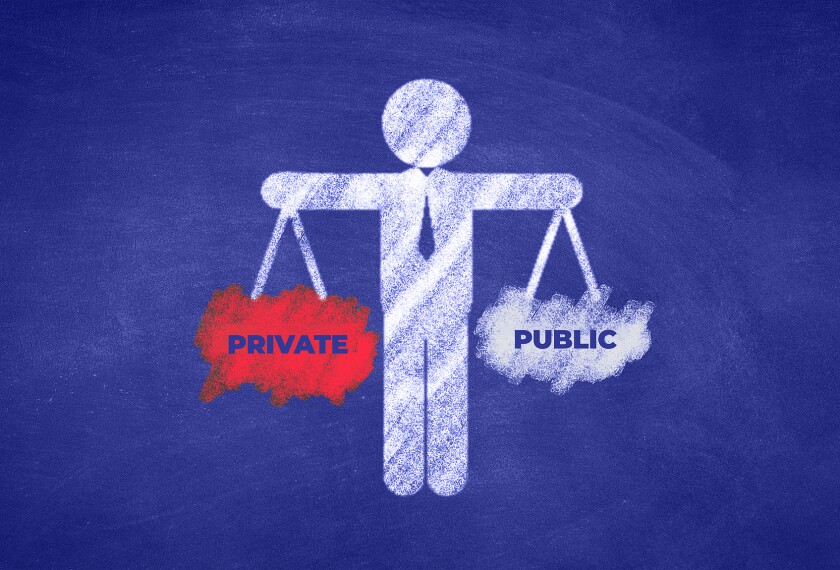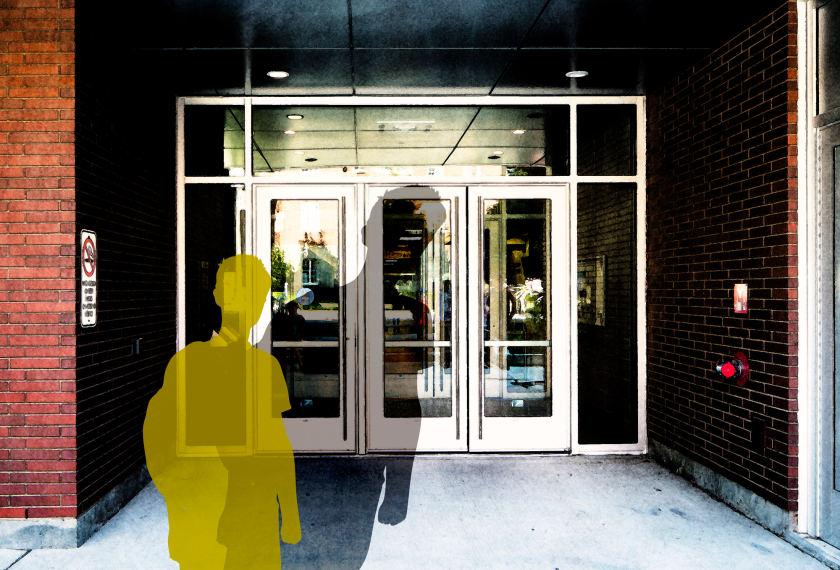A slew of pandemic-era emergency aid for children—including universal school meals and Medicaid expansions in many states—led to the lowest child poverty rate on record.
But new Census data show children—particularly children of color—have taken the brunt of the economic hit as those funds and flexibilities expire.
Nearly 14 percent of U.S. children 18 and younger—just under 10 billion—lived in poverty in 2023, up 1.2 percentage points from the year before, according to the U.S. Census Bureau’s supplemental poverty rate, released Sept. 10. The poverty rate for Americans overall grew by 0.5 percentage points in the same time frame, to 12.9 percent, or 42.8 billion people.
The Census supplemental poverty rate takes into consideration not just family income, but broader family resources, such as whether a family rents or owns their home, as well as public supports, such as free or reduced-price school meals and food stamps.
For example, the federal poverty line would be $30,900 per year for a four-person family with two children under 18. But a family that rents—and thus is subject to greater housing instability and price fluctuations—would still be considered in poverty with an income of nearly $37,500.
“Knowing that poverty is going up, uninsured students are going up, schools are trying to figure out, how do we provide even more services to kids?” said Terrence Howard, Louisiana state director of EdTrust, a nonprofit research and advocacy group focused on educational equity. “How can we ensure that they have medical treatment? How can we ensure that they have the basic necessities that they need in order to be functional students inside of the classroom?
“We know that schools, again, will become this hub for trying to provide services, and many of them are already resource-strapped.”
Rising rates of students without medical insurance—up from 5.4 percent in 2022 to 5.8 percent in 2023—could be particularly problematic for schools, Howard said, because it could add to chronic absenteeism rates in schools that are already struggling to get students back into regular classroom attendance.
“It creates additional chaos inside of school buildings because students are not well, which means teachers are not well, which means folks are not getting ... the opportunity for education,” Howard said.
That puts more burden on schools to take up the slack. For example, eight schools in Shreveport, La., partnered with the David Raines Community Health Centers to have medical and dental clinics on campus, where low-income and uninsured students can get check-ups and screenings, immunizations, and support to deal with chronic medical conditions like asthma.
Childhood poverty also has long-term repercussions. The National Academies of Sciences, Engineering, and Medicine reported in 2022 that more than a third of children who grow up in poverty remain so as adults, with intergenerational poverty particularly high for Black and Native American students.
Disclaimer: The copyright of this article belongs to the original author. Reposting this article is solely for the purpose of information dissemination and does not constitute any investment advice. If there is any infringement, please contact us immediately. We will make corrections or deletions as necessary. Thank you.







